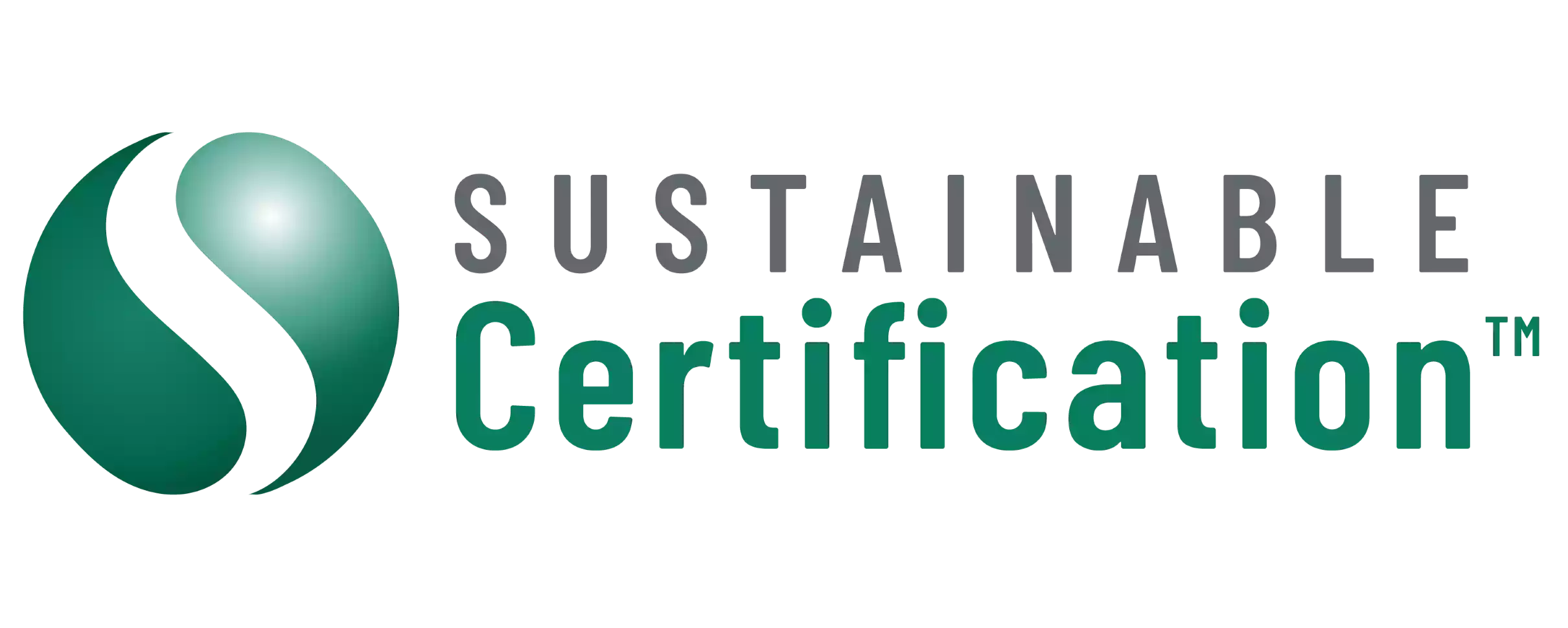ISO 14001 Certification Benefits for Australian Construction Firms
Environmental responsibility is now essential in Australia’s construction and infrastructure sectors. Growing client expectations, stricter regulations, and a national shift toward sustainable operations are reshaping how projects are delivered.
ISO 14001 certification provides a framework for managing environmental risks, meeting compliance obligations, and demonstrating accountability to regulators and communities.
Aligning construction practices with ISO 14001 ensures that sustainability becomes a core business priority, alongside quality and safety management, through related standards such as ISO 9001 Quality Management and ISO 45001 Occupational Health and Safety.
What Is ISO 14001 Certification?
ISO 14001 certification is an internationally recognised standard for establishing and maintaining an Environmental Management System (EMS). It helps businesses identify, monitor, and systematically reduce their environmental impact.
In Australia, compliance with AS/NZS ISO 14001:2016 ensures alignment with national environmental laws and state-based regulations. The certification enables organisations to operate responsibly while improving operational efficiency.
Achieving ISO 14001 shows that environmental performance is measured, managed, and continuously improved under a reliable certification and accreditation framework.
Why ISO 14001 Matters in the Construction Industry
The construction sector consumes significant natural resources and produces large volumes of waste. ISO 14001 certification helps companies address these impacts through effective planning, documentation, and control.
Many Australian infrastructure and government projects now require ISO 14001 certification as a prerequisite for tender eligibility. This standard supports compliance and strengthens risk management frameworks already used in ISO 9001 Quality Management systems.
Key Benefits of ISO 14001 Certification for Construction Firms
Construction businesses that adopt ISO 14001 certification experience measurable benefits of 14001 in construction that strengthen their competitiveness and sustainability. Here are the primary advantages:
1. Regulatory compliance – Demonstrates adherence to national and state environmental legislation.
2. Cost efficiency – Reduces waste, energy, and resource consumption.
3. Tender eligibility – Enhances success in public sector and infrastructure bids.
4. Improved corporate image – Builds trust with clients and communities.
5. System integration – Works effectively alongside ISO 9001 and ISO 45001 systems.
Building on these benefits, construction firms can strengthen performance further through a structured approach to implementation.
Developing and Implementing an ISO 14001 Plan in Construction
To gain ISO 14001 certification, construction companies must follow a structured and well-documented implementation process. Below are the essential steps.
1. Understand the Standard and Scope
Review ISO 14001 requirements and identify the environmental aspects and impacts of your activities, products, and services. This determines the scope of your Environmental Management System.
2. Assign Responsibility and Leadership Commitment
Form a cross-departmental team covering safety, operations, and management. Assign clear roles and establish accountability mechanisms to ensure coordinated execution.
3. Develop the Environmental Management Plan
Set your environmental policy, objectives, and measurable targets. Identify legal and other requirements under Australian environmental legislation and local council permits.
4. Employee Training and Awareness
Train employees on the policy, procedures, and performance indicators. Awareness builds ownership and ensures day-to-day compliance with environmental obligations.
5. Monitor, Audit, and Improve
Use performance indicators to measure progress and conduct regular internal audits. Engage external auditors when seeking certification. Apply continuous improvement actions and link them to ISO 27001 Information Security for data-driven monitoring.
A clear implementation plan ensures sustainable construction practices are embedded in daily operations.
Real-World Australian Construction Examples
Several Australian construction companies have leveraged ISO 14001 certification to improve their environmental footprint. A Sydney-based civil engineering firm reduced landfill waste by 30 per cent through better material segregation and recycling.
A Queensland infrastructure consortium used ISO 14001 monitoring to track diesel consumption across fleets, achieving measurable fuel savings. These examples demonstrate that environmental management not only protects the planet but also increases efficiency and profitability.

Common Implementation Challenges and Solutions
Many construction businesses initially face challenges in implementing ISO 14001 certification. Below are frequent obstacles and ways to overcome them.
- Limited leadership commitment – Run executive workshops to reinforce top-management accountability.
- Low employee engagement – Develop sustainability champions across teams to drive participation.
- Insufficient data management – Use digital tools to track waste, emissions, and energy use accurately.
Overcoming these barriers early accelerates certification readiness and builds a stronger compliance culture across the organisation.
Continuous Improvement and Environmental Audits
Audits are central to maintaining ISO 14001 certification. Internal audits verify whether the EMS functions as intended, while external audits ensure ongoing compliance.
Each audit identifies improvement opportunities that enhance environmental performance and cost control. Continuous review supports alignment with other standards like ISO 9001 Quality Management and ISO 45001 Occupational Health and Safety. Regular evaluation promotes transparency, accountability, and innovation across project delivery teams.
Key Takeaways for Australian Construction Companies
ISO 14001 certification empowers construction and infrastructure organisations to improve environmental performance, achieve compliance, and strengthen their market reputation.
When integrated with ISO 9001 Quality Management, ISO 45001 Occupational Health and Safety, and ISO 27001 Information Security, it creates a robust management system that enhances efficiency and reduces risk.
Investing in ISO 14001 certification positions Australian construction businesses as leaders in sustainable development and responsible growth.
FAQ About ISO 14001 Certification
Typically between three and six months, depending on organisational size and readiness.
It is voluntary but increasingly required for government and large-scale private projects.
Surveillance audits generally occur annually to maintain certification status.
Yes. It aligns seamlessly with ISO 9001, ISO 45001, and ISO 27001 frameworks for an integrated approach.
Costs depend on company size and complexity but are offset by savings from reduced waste, resource efficiency, and tender opportunities.
Begin with a gap analysis and training to align current practices with ISO 14001 requirements before formal certification.
